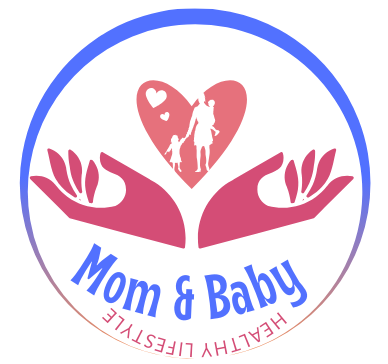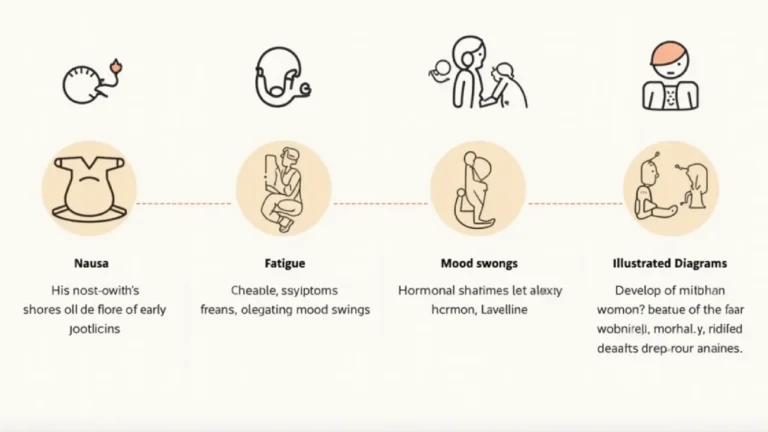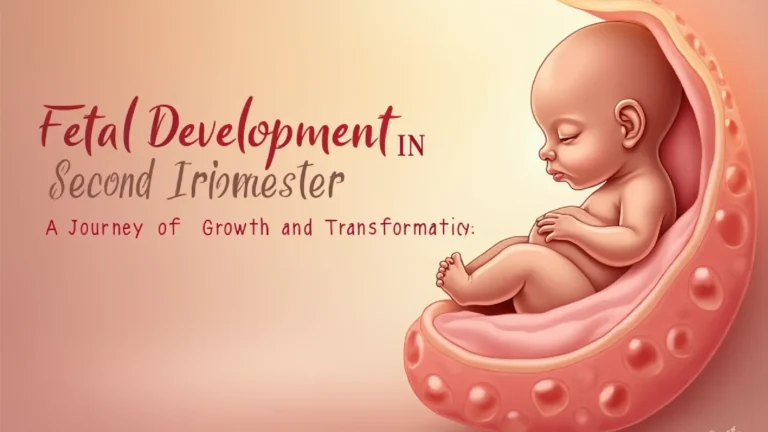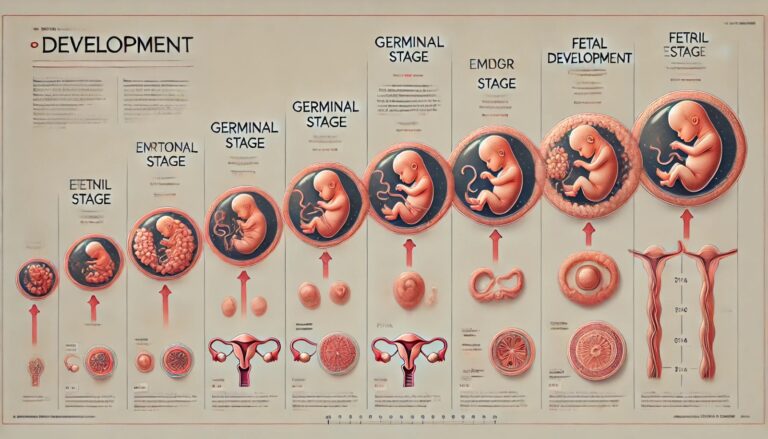10 Key Facts About High-Risk Pregnancy: What You Need to Know
A high-risk pregnancy may feel overwhelming, but with proper care and preparation, you can work toward a healthy pregnancy and safe labor and delivery. This guide explores the causes, management, and solutions for pregnancies that are at higher risk, providing actionable steps to ensure the best outcome for you and your baby.
Table of Contents
What Is a High-Risk Pregnancy?

A pregnancy is high risk when the mother, baby, or both face a greater chance of developing health problems. This classification could result from pre-existing medical conditions, complications that arise during pregnancy, or factors like age or lifestyle. While the term “high-risk” may sound alarming, it simply means that additional prenatal care and monitoring are needed to ensure the health of both mother and baby.
With advances in maternal-fetal medicine, many women with high-risk pregnancies successfully deliver healthy babies.
Common Causes of High-Risk Pregnancy
1. Age and Lifestyle Factors
- Age: Women under 20 or over 35 are more likely to experience pregnancy complications like preeclampsia, gestational diabetes, or preterm labor.
- Lifestyle choices: Smoking, excessive alcohol use, or drug use can increase risks, leading to poor fetal growth or other health problems.
2. Pre-Existing Medical Conditions
Certain medical conditions increase the likelihood of complications:
- High blood pressure: Can restrict blood flow to the baby, increasing the risk of preeclampsia.
- Diabetes: May lead to excessive fetal growth, complicating labor and delivery.
- Obesity: Associated with gestational diabetes, hypertension, and delivery difficulties.
- Genetic conditions: A family history of inherited disorders may require advanced testing and monitoring.
3. Pregnancy Complications
Some risks develop after pregnancy begins, including:
- Fetal growth restriction: When the baby grows more slowly than expected.
- Amniotic fluid abnormalities: Too much or too little amniotic fluid can impact the baby’s health.
- Placenta problems: Placenta previa, where the placenta blocks the cervix, can make vaginal delivery unsafe.
4. Multiple Pregnancies
When a pregnancy includes twins, triplets, or more, the risks of preterm labor, low birth weight, and gestational diabetes are higher.
Managing a High-Risk Pregnancy
1. Frequent and Specialized Prenatal Care
Regular monitoring is key to managing a high-risk pregnancy. Your healthcare team may:
- Conduct ultrasounds, including a biophysical profile, to track the baby’s development.
- Measure amniotic fluid levels to ensure a healthy environment for the baby.
- Perform a nonstress test to monitor the baby’s fetal heart rate and overall health.
2. Advanced Testing
Specialized tests may help identify potential complications early:
- Cell-free DNA screening: A blood sample from the mother can detect certain genetic conditions in the baby.
- Amniocentesis: This test analyzes amniotic fluid to check for chromosomal abnormalities or neural tube defects.
- Lab tests: Blood and urine tests can detect conditions such as infections, anemia, or gestational diabetes.
3. Healthy Lifestyle Adjustments
Small changes can significantly reduce risks:
- Eat a balanced diet: Focus on nutrient-rich foods like fruits, vegetables, lean proteins, and whole grains. Avoid high-risk items like raw fish, unpasteurized dairy, and high-mercury seafood.
- Avoid harmful substances: Quit smoking, alcohol, and drug use to protect your baby.
- Exercise safely: Engage in low-impact activities like walking or prenatal yoga to support overall health and reduce stress.
What to Expect During a High-Risk Pregnancy
1. Frequent Appointments
If your pregnancy is high risk, you may have more frequent checkups at your medical center to monitor both your health and the baby’s development. These visits might include consultations with a maternal-fetal medicine specialist, who is trained to manage complex pregnancy complications.
2. Customized Care Plans
Your care team will create a personalized plan based on your condition. For example, if you have high blood pressure, you may need medication, a low-sodium diet, and closer monitoring to ensure a safe labor and delivery.
3. Emotional Support
Managing a higher-risk pregnancy can be stressful. Building a support system of family, friends, or professional counselors can help you stay emotionally balanced.
Warning Signs to Watch For
If you experience any of the following symptoms, contact your healthcare provider immediately:
- Vaginal bleeding or fluid leakage.
- Severe headaches or blurred vision.
- Reduced fetal movements.
- Abdominal pain or cramping.
- Sudden swelling in your face, hands, or feet.
- Signs of infection, such as fever or chills.
Prompt medical attention can prevent complications and ensure a healthy pregnancy.
Preparing for Labor and Delivery
1. Understanding Delivery Options
Your healthcare provider will recommend the safest delivery method based on your condition:
- Vaginal delivery: May be possible for some high-risk pregnancies.
- Cesarean section (C-section): Commonly recommended for complications like placenta previa, fetal distress, or multiple pregnancies.
2. Pack Early
Prepare a hospital bag with essentials like comfortable clothing, toiletries, baby clothes, and important medical documents to ensure you’re ready for delivery.
3. Plan Ahead
Collaborate with your care team to create a detailed birth plan that includes pain management options and contingency plans for emergencies.
Life After a High-Risk Pregnancy
Postpartum Care
Recovery doesn’t end after delivery. Follow-up care is essential:
- For the mother: Monitor any lingering health problems, such as high blood pressure or gestational diabetes.
- For the baby: Premature or low-birth-weight infants may require specialized neonatal care.
Planning Future Pregnancies
Discuss how your high-risk pregnancy may affect future pregnancies and steps to prepare for a smoother experience next time.
Staying Positive During a High-Risk Pregnancy
While managing a high-risk pregnancy can feel challenging, a proactive and informed approach can make a big difference:
- Focus on what you can control: Attend all prenatal appointments, follow your care plan, and maintain a healthy lifestyle.
- Build a support network: Lean on family, friends, and healthcare professionals for encouragement and assistance.
- Celebrate milestones: Recognize small victories to stay motivated throughout your journey.
Conclusion
A high-risk pregnancy may require additional care, but with proper prenatal care, lifestyle adjustments, and close monitoring, you can achieve a healthy pregnancy and safe labor and delivery. Stay informed, work closely with your healthcare provider, and trust that you’re giving your baby the best possible start in life.







